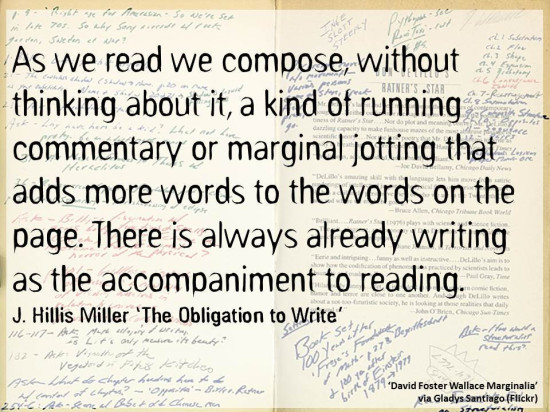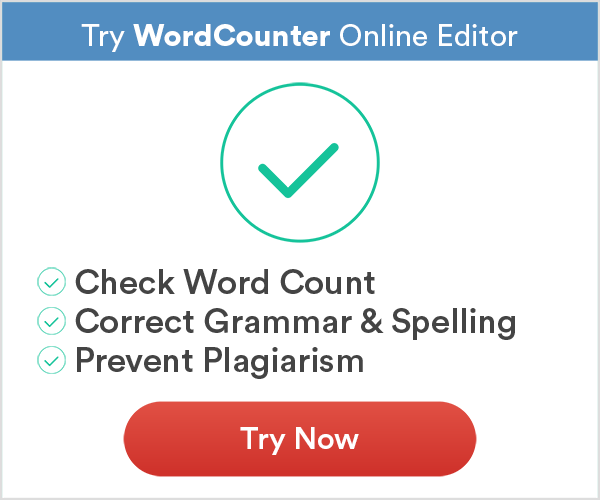10 Common Writing Submission Mistakes

Writers are sometimes their own worst enemies. We complain endlessly about being unable to get published or make money, but yet it’s often the case that we’re sabotaging our own success. Sure, sometimes you get rejected because your writing isn’t good enough. But often rejections happen because you made a mistake at the submission level and the gatekeeper turned you down before ever reading your work.
Remember that editors, agents, and hiring managers are swamped. They get tons of submissions every day. To quickly cull the pile, they look for any obvious reason to discount your submission. That may be something as simple as a misplaced comma or a misspelled name. You don’t want to go out this way. You want your recipient to at least read your work and then debate its merit, not dump you on the reject pile before the first sentence is even read. With that in mind, here are some common mistakes that writer’s make when submitting their work.
Grammatical Errors
Whenever you submit something, be it a story, letter, resume, article, or full manuscript, make certain that it is error-free. You’re asking someone to trust that you are a competent writer, yet if the first page has the word “You’re” in a situation where the word “Your” should have been used, you’re not coming across as competent. Always look to improve your writing so that there are no mistakes with it.
Submitting to the Wrong Person or Place
Don’t submit to houses or agents that don’t handle your type of work. Don’t submit to Editor A and Editor B at the same publishing house. Don’t address Mrs. Smith as Mr. Smith. (If you’re unclear on gender, a quick phone call to check is fine.) Don’t submit to the department manager if you’re supposed to go through human resources. Figure out exactly who should receive your work and send it directly to that person or department.
Mass and Blind Submissions
It’s irritating to get an email addressed to fifty agents or hiring managers. Such submissions often read, “Dear Sir or Madam,” and then proceed to describe, in very generic terms, why this person should accept your work. It’s efficient, but the problem is that your recipients don’t want to be part of a herd. They want to know why you chose them. They want to know who referred you, or to which ad you are responding. They want to know how you learned of them and why they are the best fit for your work. They want you to demonstrate that you’ve done some basic research into who they are and what they represent. Mass submissions are impersonal and only demonstrate that you know how to use the multiple recipient functions in your email program.
Failure to Follow Convention
Yes, convention can stifle creativity. However, every field has its norms that must be followed. You have to demonstrate that you understand the rules of the “club” and that you can follow them. If convention dictates that your submission be double spaced, single spacing can get you disqualified. If a certain format is required, you’d better follow it. Breaking convention won’t get you accepted, it will get you rejected.
Sending Dirty Work
No, I don’t mean pornography. I mean work that’s stained, crumpled, or torn. In this day and age of quick printing and copying, there’s no excuse for sending out anything other than pristine pages.
Looking Like a Paranoid Amateur
Many writers submit work with copyright symbols on it, or mentioning in the query letter that the submission should not be shared or forwarded for fear of idea theft. Similarly, don’t be vague about your work because you’re afraid it will be stolen. “I have a great idea, but I can’t share it with you until you commit to publication,” is ridiculous. This isn’t the way copyright works and no legitimate publisher or agent is out to steal your work. You’re only coming across as paranoid and no one wants to work with a nutcase.
Failure to Follow Directions
Send and do only what the recipient asks for. No more, no less. Send only what’s requested in only the format in which is it requested. Do not send snail mail if only email submissions are accepted, or vice versa. Doing exactly what is asked of you demonstrates that you can follow directions. To a gatekeeper, this increases the chances that you are someone they want to work with, not someone who is going to cause problems during every step of the process.
Failure to Include Contact Information
No matter how much someone likes your work, you’re going on the rejection pile if they can’t easily respond to you. They aren’t going to send a sherpa and a yak out to track you down. They don’t have time for that. Be sure to include your name, address, phone number, and email address.
Overpacking
Yes, you want your submission to arrive safely. But you don’t want to use so much tape that someone has to hack into the package to get to your work. Nor do you want to use packing peanuts that will explode all over someone’s office. Having to exert too much effort to get to your work means that the reader is already frustrated with you when they sit down to read your work. (Assuming they even bothered. Make it too difficult to get into a package and it might go in the trash unopened.) Keep the packaging to a minimum.
Failure to Properly Check Email Submissions
Email submissions are convenient, but they pose potential problems. If you’re asked to attach a file, make sure you’re attaching the correct one. No one wants to read your tax return when they thought they were getting your first chapter. If you’re using a submission page on a website, make sure you’re putting the right information into the right boxes. If you’re copying and pasting into an email or submission site, make sure you’re doing so correctly. You don’t want things to end up out of order, or discover that you pasted from the last draft of your novel when you meant to paste from the current version. Don’t use “Reply All” if you only mean to reply to one person and make certain you’ve got the correct recipient(s) in the address section. Double check everything before you hit the Send button.
You want to be judged on your work, but the only way that’s going to happen is if you successfully navigate the submission process. Think of the submission process as the first step to publication, because that’s exactly what it is. It’s time consuming and a chore to make sure everything is perfect, but that’s what the gatekeepers want to see. You won’t get past them with a half-assed effort. You’re being judged from the moment your envelope crosses their desk or the email shows up in their inbox. Be perfect.
(Photo courtesy of Aaron Davis)


This site is actually very useful.
I used it because I had to submit an essay. But I will surely suggest many people to use this because of it’s accuracy.
This is something to keep in mind and look through before submitting a book. Avoiding common mistakes can be the difference between terrible writing and good writing, You need to take pride in your writing and avoid making simple mistakes.
Great information for new writers as well as old ones. This is all so important. We need to give attention to all the small details as well. If you want a book to be accepted, you can’t afford to make these types of mistakes.